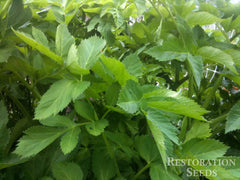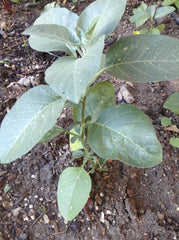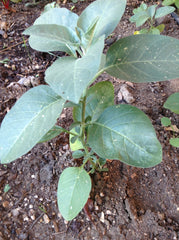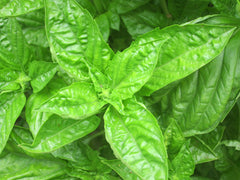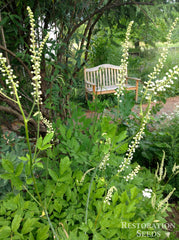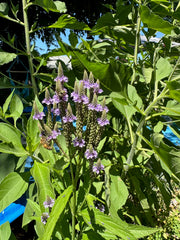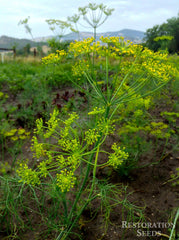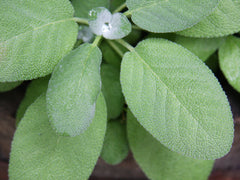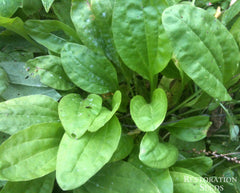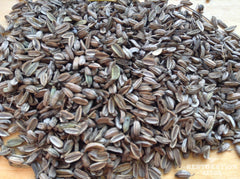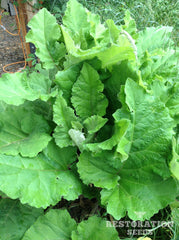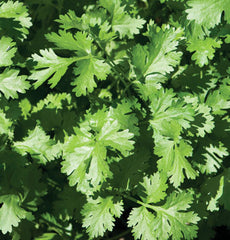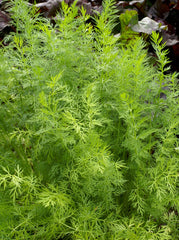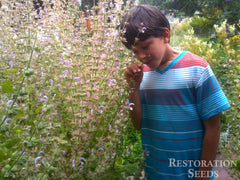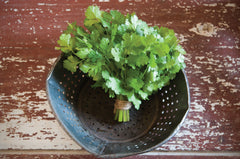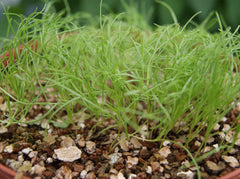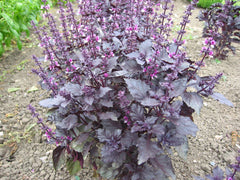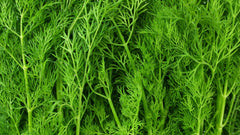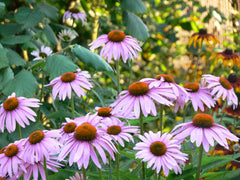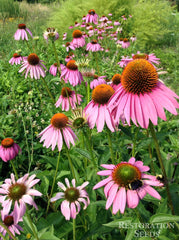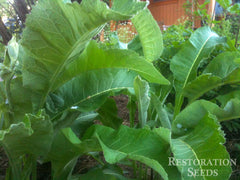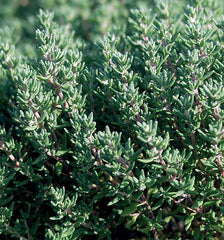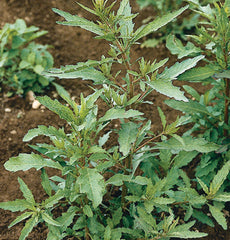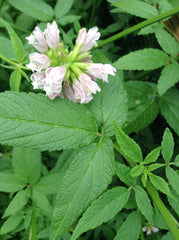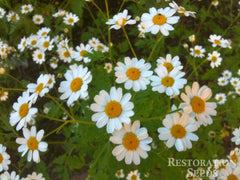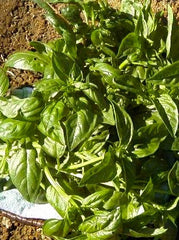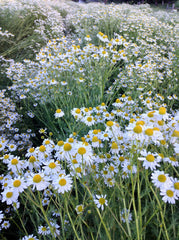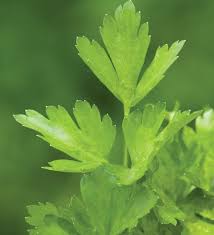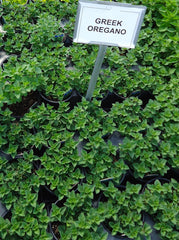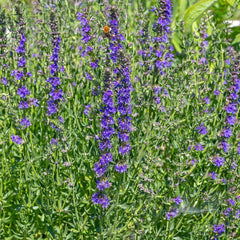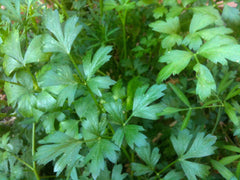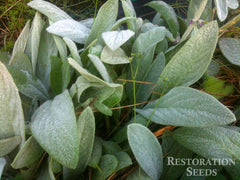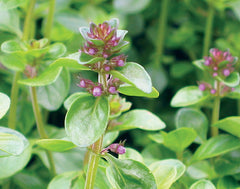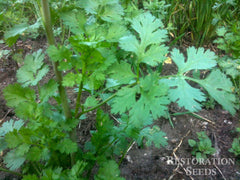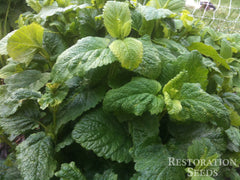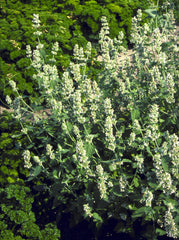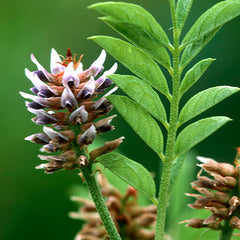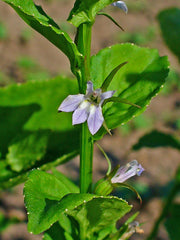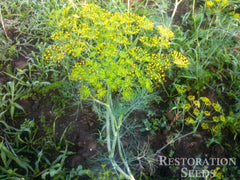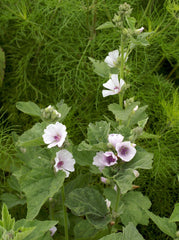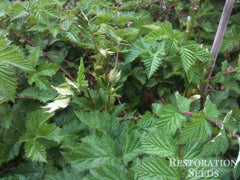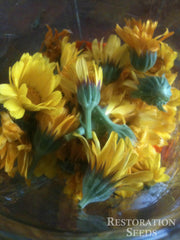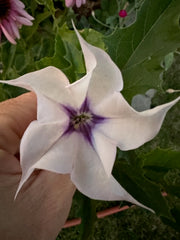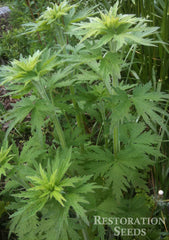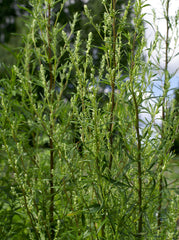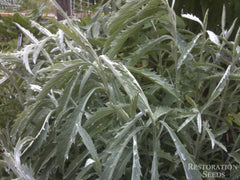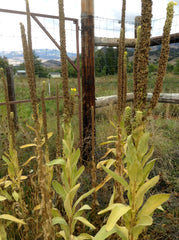Elderberry, Blue
HOW TO GROW ELDERBERRY, BLUE
Best germination condition is cool moist shade. Sow in pots or flats outdoors in fall, germinates in spring. Alternately, sow in pots or flats, place on heat mat at 75-80˚F for 2 months, cold stratify at 40˚F for 3-5 months in shady north facing location, return to greenhouse in warm sunny location back to heat mats, should germinate in 1-2 months. Elder seedlings will not germinate properly in sterile soil. Sow in rich compost. Fungi produce gibberellic acid, a growth hormone helpful for germination. Grow in shaded place in pots the first year before transplanting out, best location is as understory of larger tree. Grow three plus plants for pollination. Store seeds refrigerated at 41˚F if not planting. Soil pH 6.1-7.8. Hardiness zones 3-10. Perennial.
Planting Depth 1/4”
Soil Temp. Germ. 75/40/75˚F stratify
Days to Germ. 120
Plant Spacing 15-20’
Row Spacing 30’
Days To Maturity 3 years
Part Shade, Wet Climate
Planting Depth 1/4”
Soil Temp. Germ. 75/40/75˚F stratify
Days to Germ. 120
Plant Spacing 15-20’
Row Spacing 30’
Days To Maturity 3 years
Part Shade, Wet Climate
- 30 Seeds$4.50
Delicious edible berries, seeds are poisonous if eaten without cooking. Crush the berries in a cloth bag, squeeze out the juice and discard the seeds and skins. Each berry contains 3-5 seeds. Makes a wonderful elderberry wine. Large deciduous shrub that can grow 15’ tall, almost tree-like. Berries are a rich source ...
Delicious edible berries, seeds are poisonous if eaten without cooking. Crush the berries in a cloth bag, squeeze out the juice and discard the seeds and skins. Each berry contains 3-5 seeds. Makes a wonderful elderberry wine. Large deciduous shrub that can grow 15’ tall, almost tree-like. Berries are a rich source of antioxidants, anthocyanins, bioflavonoids, and are a strong anti-viral. We make elderberry syrup to strengthen our immune systems in the winter months, and our kids love it! Elderberry is attractive to bees, butterflies and birds. It is distinguished from other elderberries by the glaucous power coating on its blue berries. Tags: Harvest: Late, Color: Blue.
Native to primarily coastal and lower elevations in western North America. The taxonomy of this species is in dispute. The USDA lists Sambucus nigra subspecies cerulea. California’s The Jospeh Manual lists it as Sambucus mexicana. Sunset Western Garden Book identifies it as both S. mexicana and S. caerulea. Also known as Blue Elder.
Native to primarily coastal and lower elevations in western North America. The taxonomy of this species is in dispute. The USDA lists Sambucus nigra subspecies cerulea. California’s The Jospeh Manual lists it as Sambucus mexicana. Sunset Western Garden Book identifies it as both S. mexicana and S. caerulea. Also known as Blue Elder.
Learn More
Meet Your Farmer
We promote fair trade, organic practices and environmental responsibility throughout the Restoration Seeds supply chain. Below are the family farmers and seed suppliers who bring our open pollinated seeds to you.
Idyllwild
Conventional
Seed grower since 2018
![]()
Idyllwild was born of our joyful curiosity and celebration of nature’s diverse gifts. Following nature’s model of open dispersal and dissemination, we share these seeds with you and invite you to play in the garden of abundance. We learn from nature and she has taught us to live and think in terms of “abundance” instead of “scarcity”. Diversity - in all forms, from genetic to creative expression - is the heart of resilience. We enjoy experimenting with myriads of flavors, colors, and textures and the world opens to us in infinite possibilities. As a result, we are nourished in body, mind, and spirit.
Reviews
